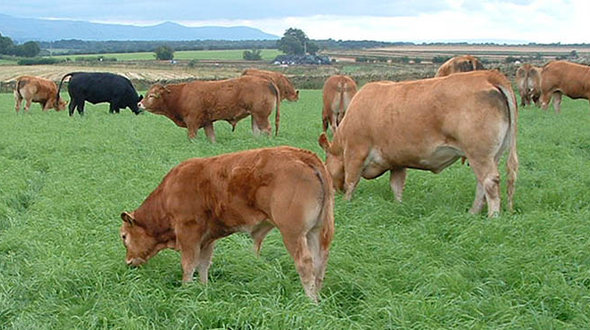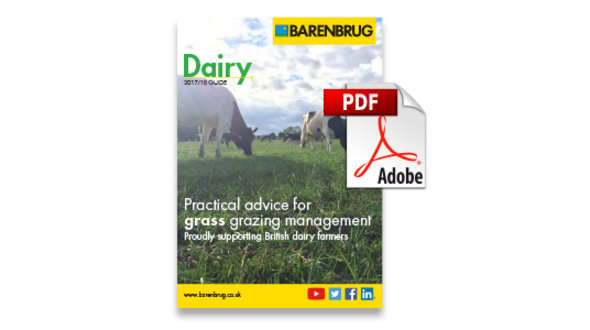Sheep Guide - Grow more grass
Welcome to our Sheep Guide - designed to help farmers grow more grass

Welcome to our Sheep Guide - designed to help farmers grow more grass
Managing grassland for sheep means having a short, dense sward, ideally with clover to maximise intakes and live weight gain.
Sheep generally only cause compaction in the top few inches of soil, but this is enough to reduce root development, growth and nutrient uptake so monitor soil structures as well as soil fertility. pH is hugely important, a drop from pH 6 to 5.5 will incur a loss of at least 5% of grass yield and inhibit clover development.
Keeping grassland short (between 4cm and 10cm) will optimise intakes and quality. Short leafy spring grass can have an ME of 11.5 MJ/kgDM and a CP level of over 25%, which aids ewe condition, colostrum and milk yield and early growth of lambs. From 20kg, a lamb's rumen is fully formed to gain all its nutritional needs from forage so maintaining the grass as described reduces the need for creep feeding.
Adding white clover to a sward can increase intakes by up to 30%. It is highly digestible, has a broad mineral content, high in protein and also 'fixes' up to 150kg N/ha/annum, reducing reliance on Nitrogen inputs.
Some non-ryegrass species can also be beneficial for sheep enterprises. Timothy, cocksfoot and tall fescue are ideal as they form a dense sward, grow earlier in spring and later in autumn, lengthening the growing season and they also perform well with clover. Ewes and tups should avoid all red clover six weeks pre-tupping and until six weeks after tupping due to the production of phyto-estrogens. It is, however, ideal for finishing lambs.

Discover the range of products for agriculture

Download the Sheep Guide - practical advice for grass grazing management